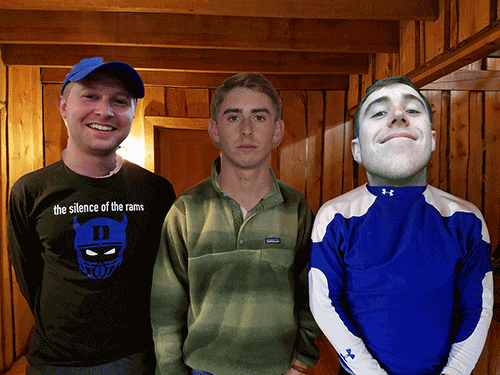
Hello! My name is Nathan, and I’m writing this blog to share with you the busy, exciting week that DukeEngage Chile has had. As I write, I’m sitting on a bus exiting the beautiful town of Puerto Varas and heading towards our home base of Neltume, a voyage which marks the end of a six-day excursion across southern Chile. Throughout the trip, we learned more about the natural and social histories of the place in which we’re volunteering. The view to my right is pictured below.

I’ll write this blog chronologically, beginning with an update on our work early in the week, and continuing with a description of our travel to the cities of Valdivia and Puerto Varas.
Our week began on Sunday (6/24) when we had a second opportunity to visit the Bagualitos (English translation: little wild animals), a group of local children who gather once weekly to practice mountain biking. The group is taught by a local athlete named Francisco. You can read about our first session with the Bagualitos in Kevin’s blog. This week, we biked to Bagualito Park, a mountain biking course built by Francisco himself for the purpose of teaching the sport to local children. After roughly an hour of biking drills and a light snack, Francisco gathered everyone for a series of team building drills. We began listing qualities that we all share, the qualities of a Bagualito: “we all eat,” “we all bike,” “we all jump,” “we all fall (especially the DukeEngage kids),” “we all get upset.” It was at this moment that I realized how great an impact Francisco has on these kids. Not only does he teach them the sport of mountain biking, he also teaches them lifelong values such as teamwork, compassion, and humility.

On Monday (6/25) and Tuesday (6/26), we worked as normal. With just a week and a half remaining of our two-month stay here in Chile, our work is beginning to wind down. As a reminder, we have two main projects: (1) developing websites for local businesses and “artesanas” (artisans) to promote their products and services; and (2) contributing to the Huilo Huilo Foundation by assessing water quality of local lakes and building the interior of a greenhouse. If you’re interested in reading more about our projects, take a look at AJ’s blog.
We made substantial progress this week on our web development project, bringing our grand total to ten finished websites of the thirteen that we intend to complete. Here is a website we made cataloguing the trees found in the Huilo Huilo Biological Reserve, and here is a collection of websites we’ve made for local artisans and entrepreneurs. FYI: we are still working on the sites for the Bagualitos, Botanical Trail, and Food House of Puerto Fuy, so don’t be alarmed if these appear incomplete. I’ve been really impressed by the progress our group has made this summer—when we arrived in mid-May, the vast majority of our group, including myself, had no experience with web development or design. Now, just under two months later, we can construct a professional webpage in under a day.
Additionally, we concluded our lake project with a trip to Lago Riñihue. This brings our total to twelve lakes, well exceeding the four or five lakes that we anticipated we’d be able to assess. Check out the lakes we’ve visited on the map below.
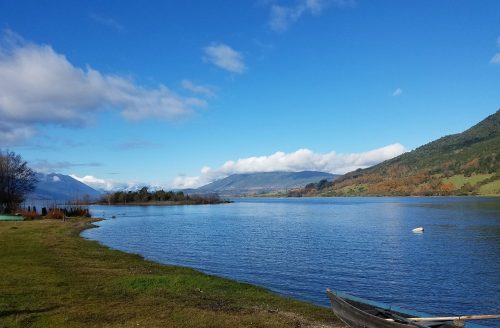

Finally, we’re taking this week off from our greenhouse project as we wait for supplies to be delivered. We plan to return for a final day of work next week.

Wednesday (6/27) marked the first day of our trip, and we spent the morning driving to the coastal town of Valdivia. Throughout the afternoon, we visited several museums and learned about the rich history of the city. At the natural science museum, we learned about the incredible aquatic and terrestrial biodiversity present in the area. At the history museum, we saw Mapuche (the indigenous people of the region) artifacts and learned about Spanish colonization and the German influence in southern Chile. Lastly, at the modern art museum, we admired local paintings which reflect the beauty of the town and the importance of the ocean to the Valdivian lifestyle.
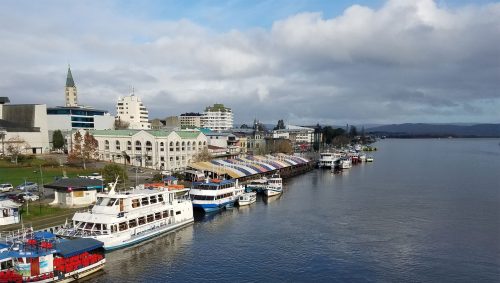
The next day (6/28), we voyaged to the Valdivian Coastal Reserve for a hike. The day began with a brief stop at an old Spanish fort in Niebla (where we were drenched by rain and thus left rather quickly), followed by a brief ferry ride and a drive along the west coast of Chile, where we encountered breathtaking views of the Pacific Ocean. We arrived at the reserve and began our hike, spending roughly an hour and a half learning about the local flora and fauna. As we neared the end of our hike, we reached a massive tree. Our guide informed us that that type of tree is called Alerce, and that this particular tree is approximately 2500 years old. We were humbled by the incredible size and age of this tree. The hike then passed through a similarly impressive forest of Alerces, all aged around 1500 years.

Friday morning (6/29), we said a temporary goodbye to our program director and coordinator, then boarded a bus headed south to the town of Puerto Varas.
Our first two days there (6/29 and 6/30) were filled with rainy weather, but that did not stop us from exploring. We walked by the lakeside (yes, another lake) and checked out several local shops and artesanías (places where local artists, woodworkers, and other artisans sell their products). We also spent some time in the hostel where we were staying, watching World Cup soccer and conversing with the other guests. We met people from all over the world—America, France, Brazil, Chile, Canada, Italy, Australia—and we heard six different languages spoken there (English, Spanish, French, Portuguese, Italian, and Mandarin, in case you were wondering). Everyone we met was extremely friendly, and we enjoyed trading stories.
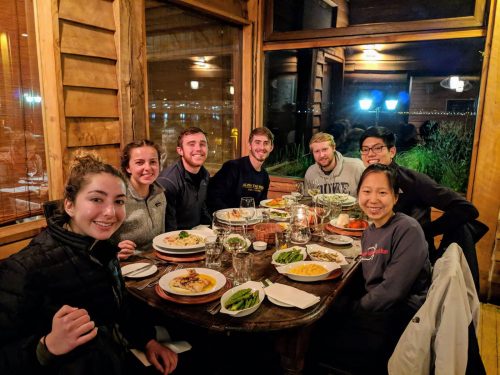
Sunday morning, the sun finally came out and the group was able to take a hike in Vincente P. Rosales National Forest, walking sixteen miles along the base of Volcano Osorno. See the pictures below.

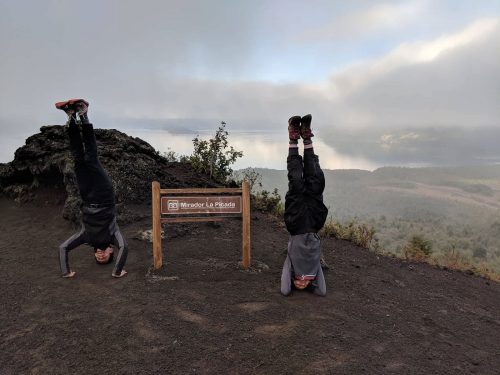
Lastly, I would like to conclude my blog by highlighting an accomplishment of three group members: AJ, Ethan, and myself (apologies for my lack of humility). You can read about each of us, as well as the other members of DukeEngage Chile, in Elena’s blog. On May 15, 2018, the day we arrived in Chile, the three of us agreed to stop shaving for the entirety of our Duke Engage experience. Nearly two months later, we have all grown some pretty impressive facial hair. The gif below documents our transformation.
